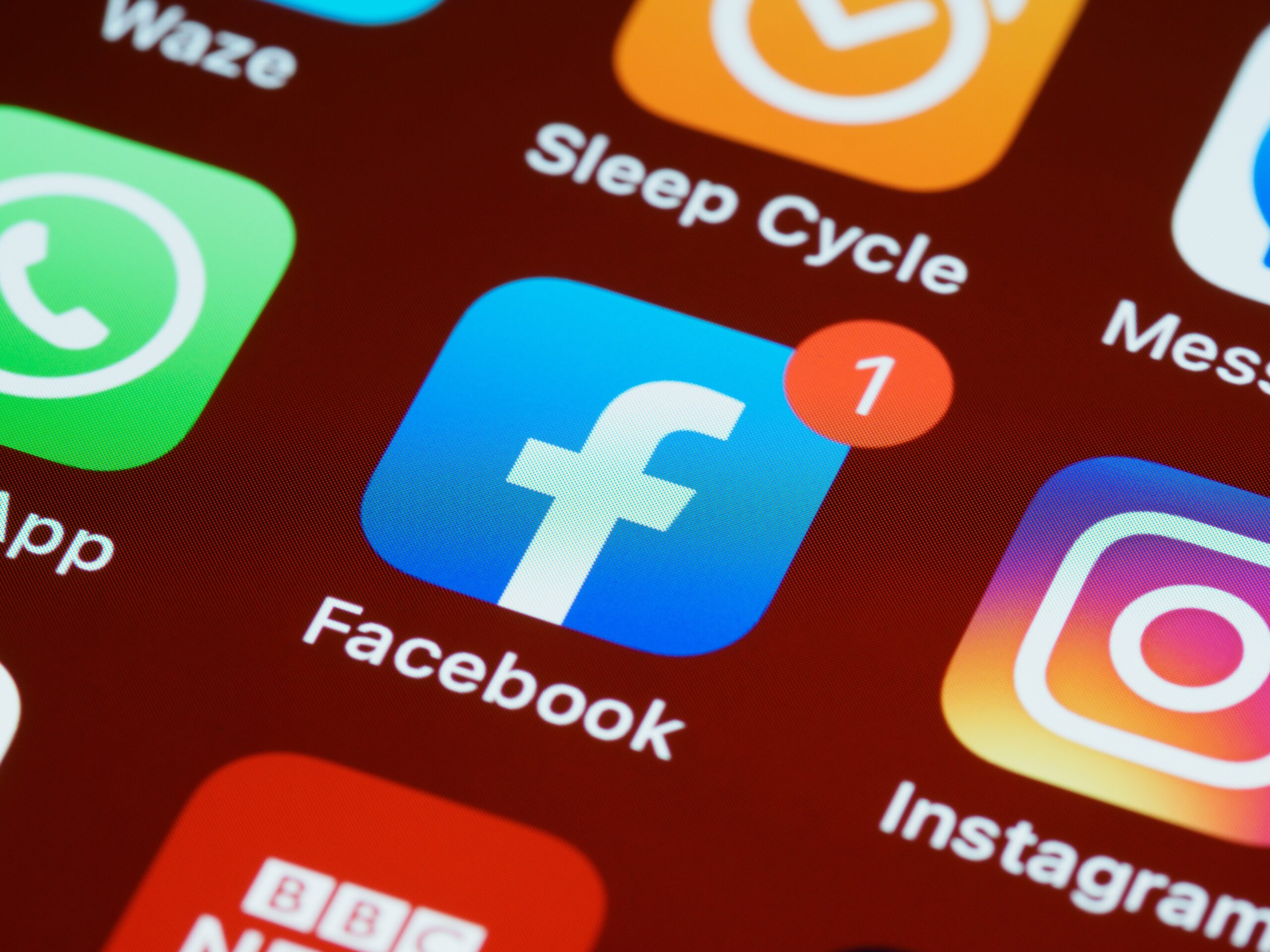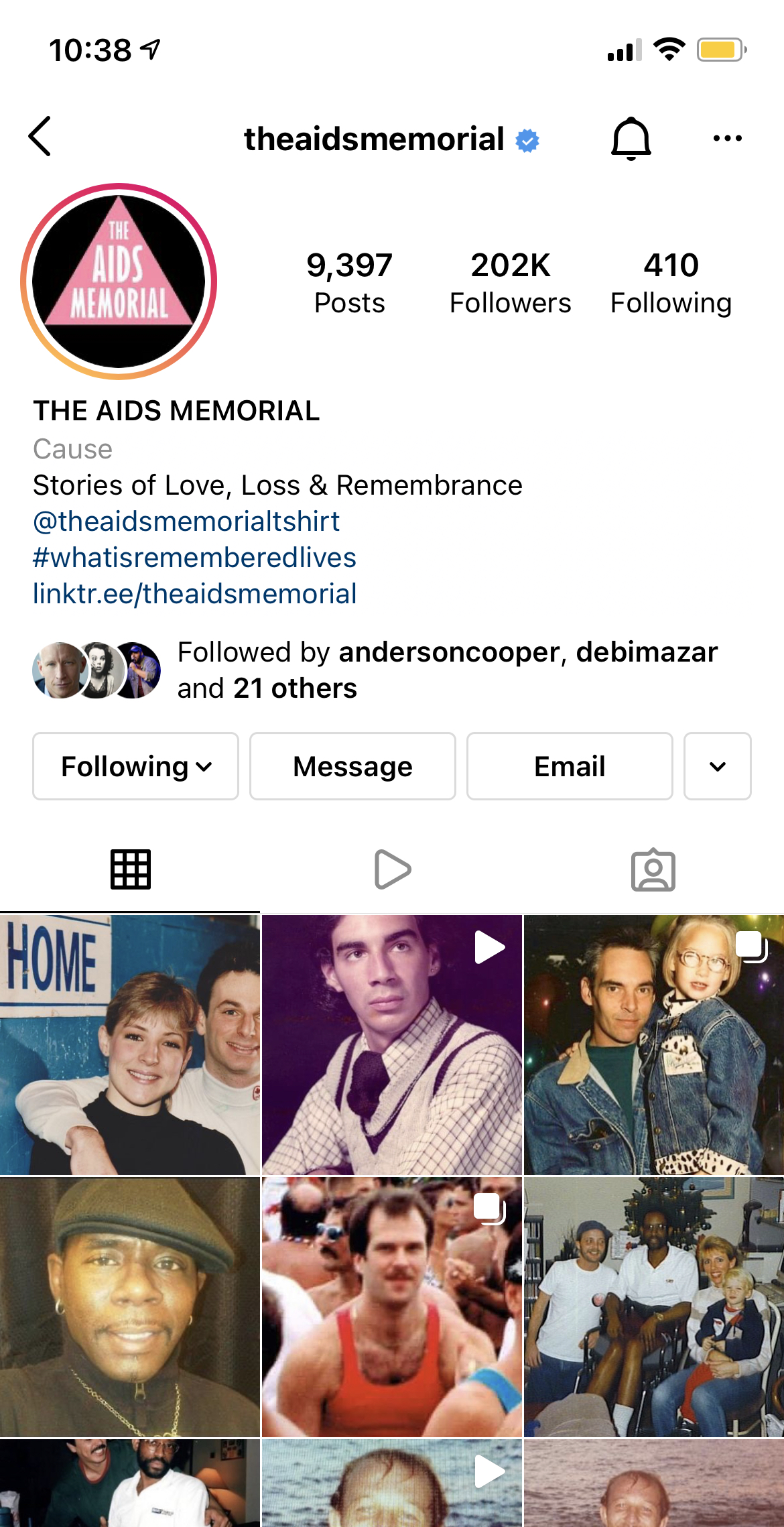Editor’s Note: It’s sometimes called an Odyssey. It’s sometimes called a gift. It’s often called everything in-between, but when we look at life, it feels like a quest. That’s why we’re giving all of April to the Life Quest(ions) that people have always wanted the answers to. Here’s what we did: We asked hundreds of people what quest and question they’ve never been shown or given the answer to even though it’s something they’ve always wanted to pursue. Then, we pursue it and provide the answers! Next up, we’re looking at the afterlife and all that means.
The only two things we can expect in life are that we will pay taxes and then die. Only one of those two things is actually guaranteed to occur. As a society, we seem to have mastered the art of speaking about taxes and dedicating large portions of our minds to the concept every year, like clockwork. The same cannot be said about death. We speak in hushed tones, body language closed off, eyes averted to the ground. We do not want to mention it, so we largely ignore it until it comes to us suddenly and we must face it all at once.

Facebook has countless accounts belonging to users who have passed on. Photo by Brett Jordan from Pexels.
Welcome to your pre-programmed digital afterlife. Since the “dot-com” boom at the turn of the millennium, you have been curating an image of yourself that will precede you, whether you were doing it on purpose or not. Strangers and friends alike scroll through your Instagram like a photo slideshow at your wake. LinkedIn contains a constantly updated and public obituary. Short messages of love are posted to your Facebook like tributes whispered at a funeral. With 30 million accounts on Facebook alone belonging to those who have already died, it is inevitable that you may join that statistic someday.
Luckily for you, there are options. Currently, Facebook has settings that allow for a person’s account to become a Memorial Page in which friends can post public messages and look through previously posted photos. Those who are still of the living variety can even choose a Legacy Contact, a separate party who will assume control of the account after they have died.

The AIDS Memorial Instagram. (@TheAIDSMemorial)
Using social media as a means to memorialize the dead is not an obscure concept. From a less morbid perspective, there are also accounts that are used to respectfully mourn. Instagram accounts such as The Aids Memorial (@theaidsmemorial) have over 9,000 posts documenting stories of those who have passed from AIDS, sharing photos, stories, and memories submitted to them by friends and family of the deceased. This digital memorial space works extremely well for the population they are trying to memorialize, as the page can be updated without limit for as long as the creators want to continue to be seen by the public. It is not a physical space, so it is virtually accessible to all, and it has brought a lot of closure to families and friends while also bringing awareness to those who have fallen as victims to AIDS. These pages have greatly affected how we mourn regarding these individuals versus how we mourned in the past, as an online presence was not something that existed when the AIDS crisis was happening in the 1980s and 1990s.
The most recent example of this concept of public mourning via social media has been throughout the COVID-19 pandemic, as many updated people on those who had gotten sick and tragically passed due to the virus. Because the events of the last 2 years have been so sudden, many who were active on social media have unfortunately passed away, leaving behind accounts that highlight the swift tragedy that our world has had to grapple with. For a time, funerals had to be postponed, resulting in grief being expressed more openly on social media rather than within tight circles of families.
Our avid use of social media accounts resulting in the evolution of mourning practices has been for all death topics, not just surrounding tragedies and public health crises. In Anna J. M. Wagner’s academic article Do not Click “Like” When Somebody has Died: The Role of Norms for Mourning Practices in Social Media, she explains this sudden transition from mourning practices in the past into the digital age. What’s interesting is that Wagner suggests that because social media has a notion of being heavily curated and an inauthentic view of a person’s true life, mourning on social media can sometimes be doubted by outsiders viewing it. While we can somewhat control how others perceive us, they might never truly believe what they are perceiving. It’s obvious that in a social media-driven world, we as humans must grieve differently, perhaps more publicly. But, while this sounds overwhelmingly superficial, there is also a case to be made about the community that can wrap around you during times of mourning. Grieving death is personal and unique to each individual, and finding a place where you don’t have to be so alone is one of the benefits of social media.
Enter Caitlin Doughty, a mortician working in Southern California who runs the Ask a Mortician YouTube channel. Through bi-monthly videos, Doughty delves into topics that many have a general discomfort towards, but morbid curiosity must get the best of people because the channel currently has 1.6 million subscribers. From topics of Trans Rights to addressing the existential question of why death scares us, Doughty is the death-positive, fun aunt we need in order to address this sudden online shift in grieving.
On Twitter, numerous fans express their appreciation for Doughty and her content, which is produced in an engaging, yet “tasteful” fashion considering its subject matter. User @EricaBee13 tweets: “My 8 year old is afraid of such movies as Monsters Inc and Land Before Time, and yet her life goal is currently “meet Caitlin from Ask a Mortician (aka @TheGoodDeath)”. Numerous other death-positive tweets regarding Doughty’s content are present, proving that to the average person, Ask A Mortician is at least making it cool and interesting to talk about death in the 21st century.
Death positivity still has a long way to go in terms of “de-tabbooing” the topic in our culture, regardless of how many hip YouTubers begin to educate us on the topic. It all boils down to this: in an era where we bare our souls to all online, what is our legacy? Our social media accounts have become extensions of ourselves, a ghostly look at how we aim to control the perception of ourselves, and how the only thing that will be left after we’re gone is binary code and pixels. We will someday live in a world in which we must determine whether or not the account we’re looking at is simply a person who is inactive or someone who has passed on. Our profile pictures will act as the portrait outside a funeral hall, our followers the procession. Are we ready to face the great beyond while others are still able to read our Tweets? Now that you’re aware of it, welcome to your digital afterlife. You’re about to gain a lot of new followers.
 NOLAbeings
Multimedia artist Claire Bangser created NOLAbeings as a portrait-based story project that marries...
NOLAbeings
Multimedia artist Claire Bangser created NOLAbeings as a portrait-based story project that marries...
 Data corner: Adobe Suite (create a PDF, social media graphic, presentation, edit a photo and video
Data corner is where you go to work with analytics and top tech skills. It takes on everything from PERL and SQL to Canva and Sprout Social.
Data corner: Adobe Suite (create a PDF, social media graphic, presentation, edit a photo and video
Data corner is where you go to work with analytics and top tech skills. It takes on everything from PERL and SQL to Canva and Sprout Social.
